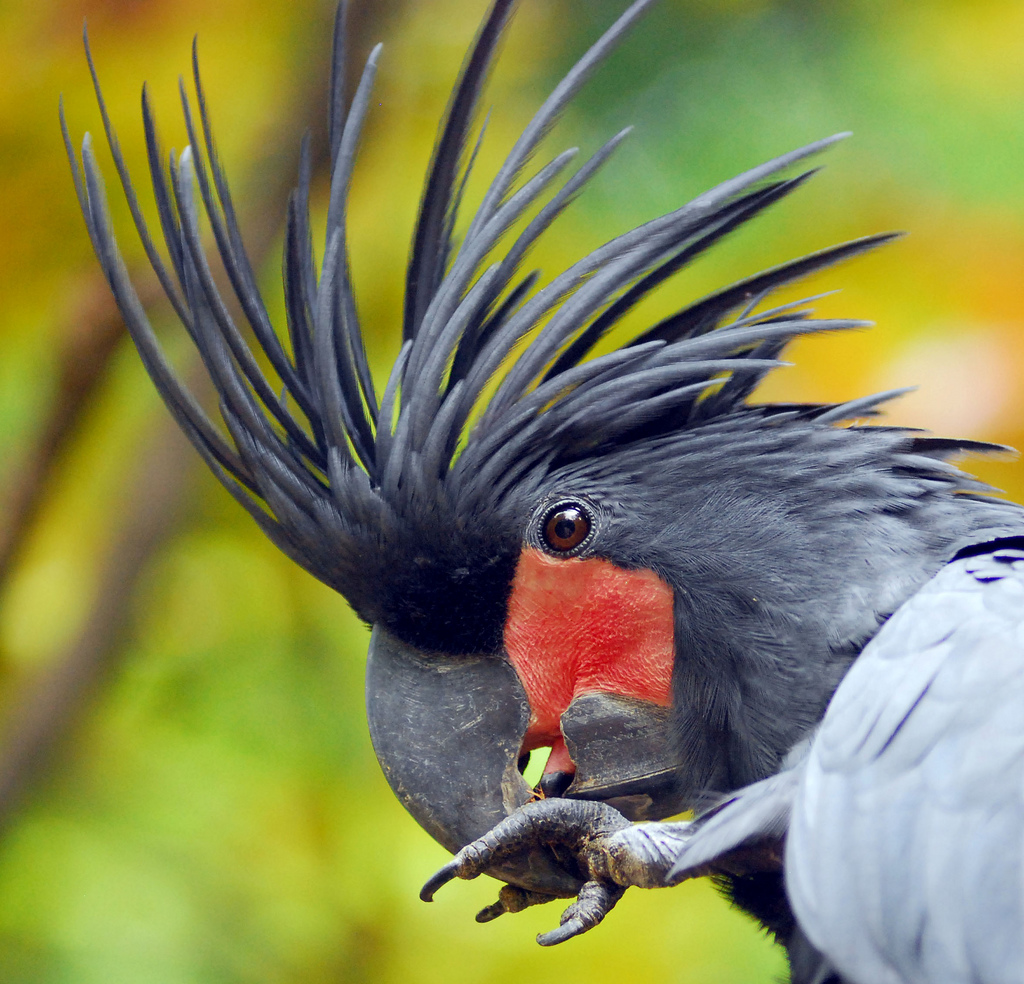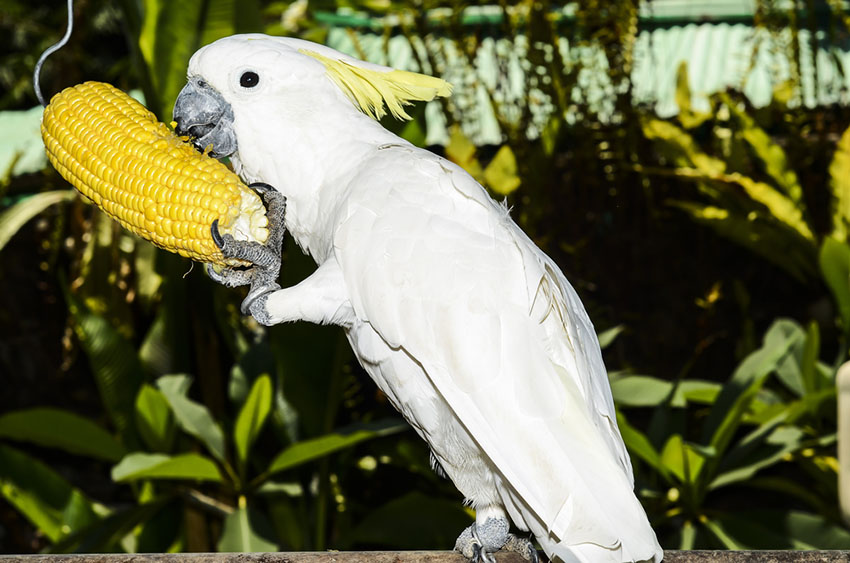

With abundant calories, a mate and an available nest box, these females produced and produced and then, sadly but often, died.Īs emphasis shifted to companion birds as treasured pets, these same tendencies were commonly seen but poorly understood. It seemed for a while that anyone with a pair of cockatoos was in-stantly an accomplished breeder. Umbrella Cockatoos (Cacatua alba) responded to the same conditions of a seed diet by produc-ing many eggs and many young. As these conditions typically translated into breeding failures, experienced aviculturists quickly learned to control body weight by controlling available calo-ries. Many female Amazons were found to have mature but abnormal ovarian structures. As domestic breeding gained in popularity and endoscopic sexing was routinely performed, it was often noted that the ovary was often obscured by abdominal fat. The tendency to obesity was so serious that hepatic lipidosis with subsequent liver failure was not an uncommon find-ing.

The incidence of obesity in Amazon parrots maintained on a seed diet was noted in the early 1980s. Returning to the comparison of Amazon parrots and cockatoos, dramatic differences appear in the way these very different species respond to the relative abundance of life as a pet. Not only was the threat of disease nearly out of control, but in-stances of raccoon attacks on domestic pets increased dramatically. In California's Monterey Peninsula, "Please Don't Feed the Animals" signs were commonly ignored in the early 1990s to the point that population explosions among several species resulted in territorial "squeeze-outs." Eventually, ground squirrels displaced rats, which expanded into raccoon territory, driving rac-coons into attics and basements. When viewing the range and relative severity of medical conditions in pet parrots, it becomes apparent that a similar phenomenon is occurring.Ĭonditions of abundance have had severe impact on feral animal populations as well. Doctors tell us that the body can only respond in a limited number of ways to a vast array of conditions.

Recent research strongly supports an underlying genetic basis to the ways certain individuals develop degenerative medical conditions. As a genetically diverse population, we see different people affected in different ways by a similar lifestyle. Generally these conditions are the result of the physiologic stresses induced by too much good food and too little ex-ercise. Most Americans have become all too familiar with so-called "conditions of abundance" that have predisposed us to higher cancer risks, obesity, heart disease and diabetes. This is the underlying cause for a number of serious degenerative medi-cal conditions in companion birds. It can re-quire a huge leap of faith to view the devotion and longing that many bonded pets display as some-thing to be concerned about. It is often difficult for compan-ion bird owners to realize that the way a parrot becomes a household member and part of the "flock" is likely due more to the bird's adaptation skills than a reflection of a great home provided. Once an understanding of the role of parrots in nature is developed, it becomes possible to look at many of the quirky behaviors they exhibit in an entirely new light. Hormonal Behavior in Pet Birds - Pet Bird Behaviors Unraveled Table of Contents Home » Hormonal Behavior in Pet Birds - Pet Bird Behaviors Unraveled


 0 kommentar(er)
0 kommentar(er)
